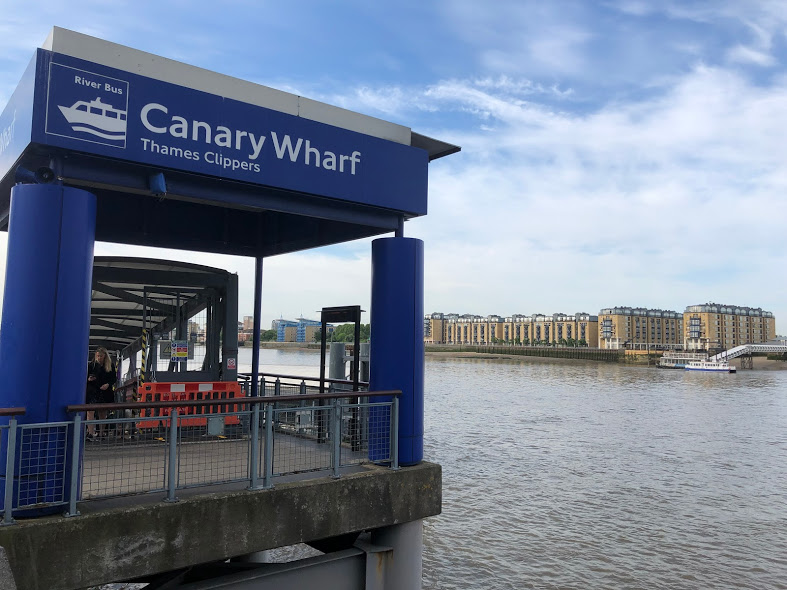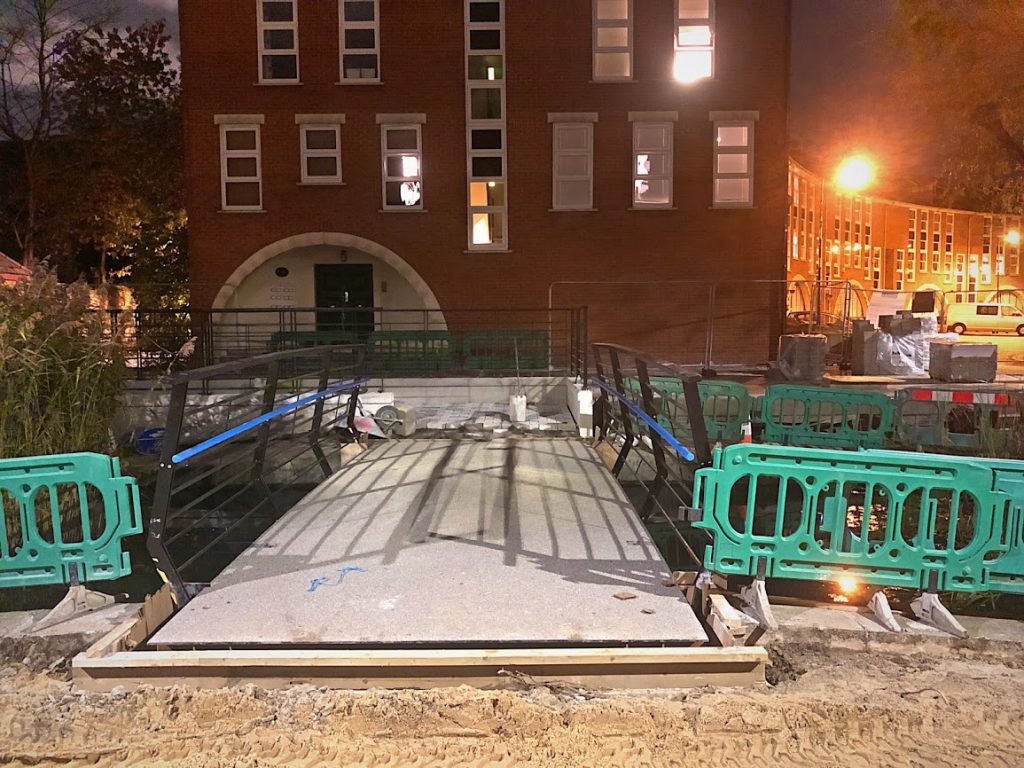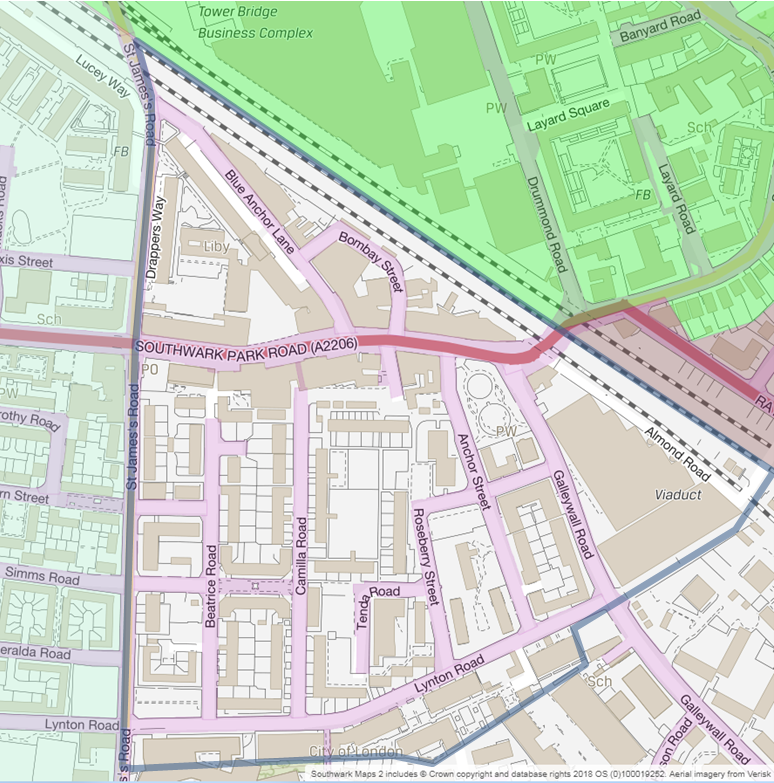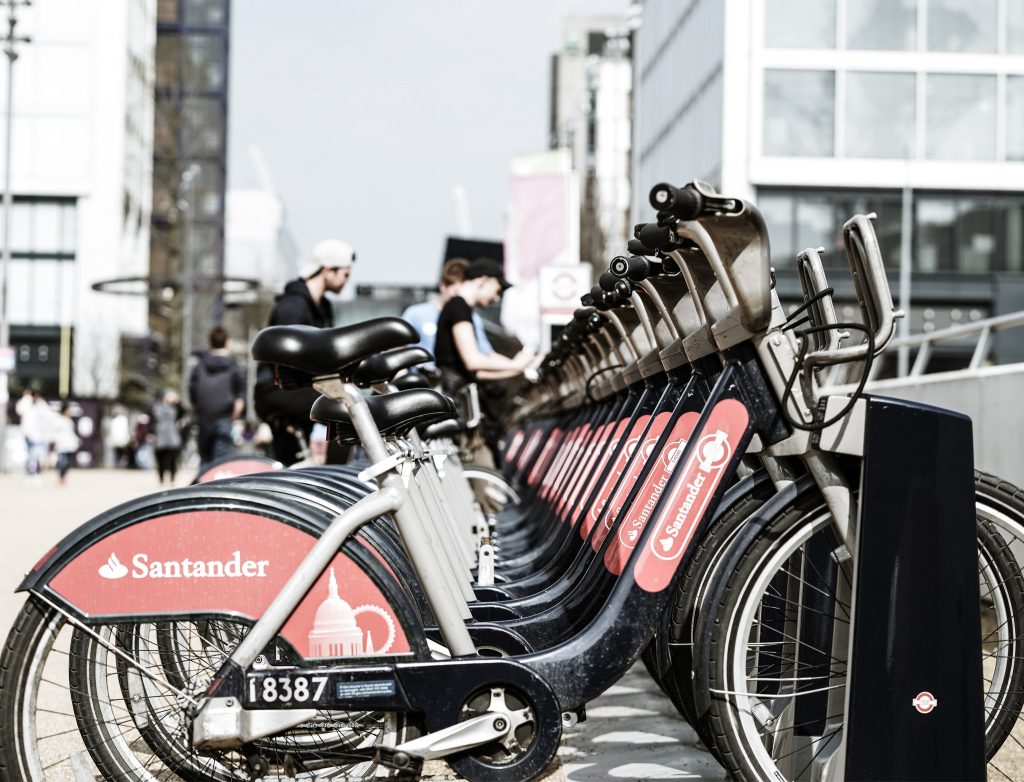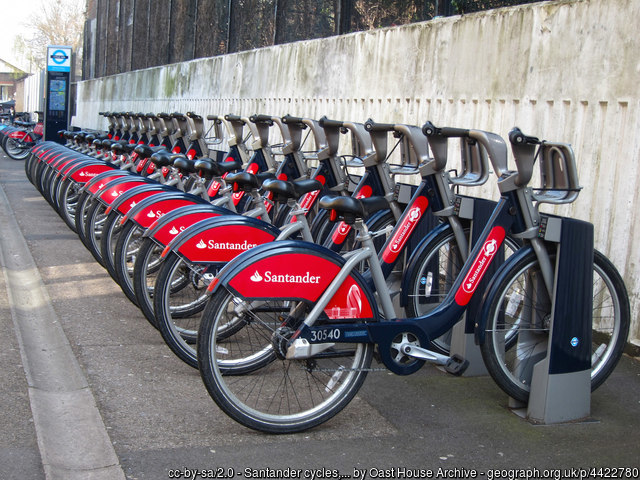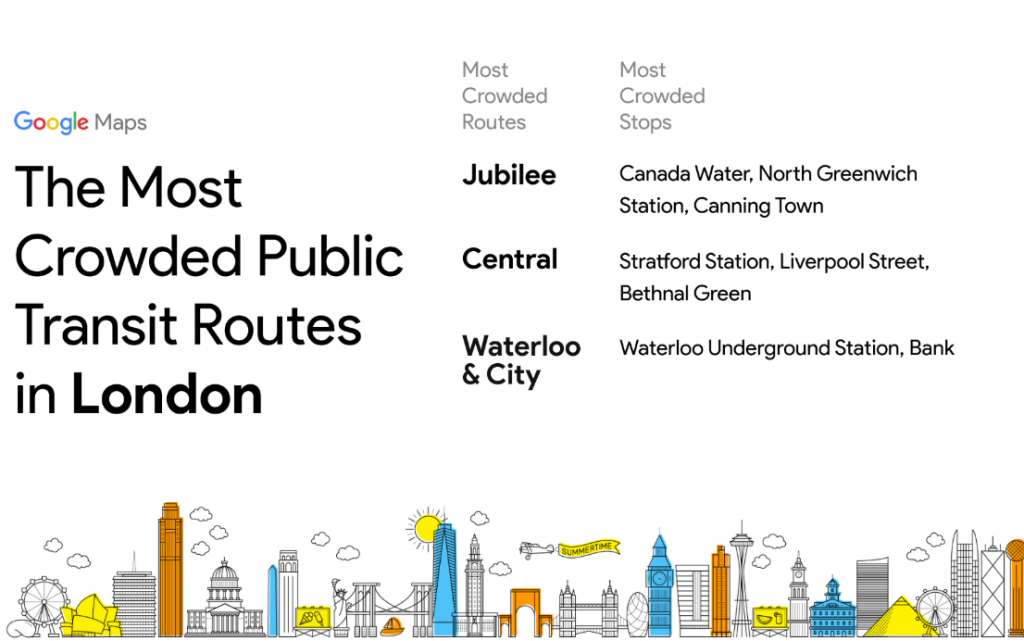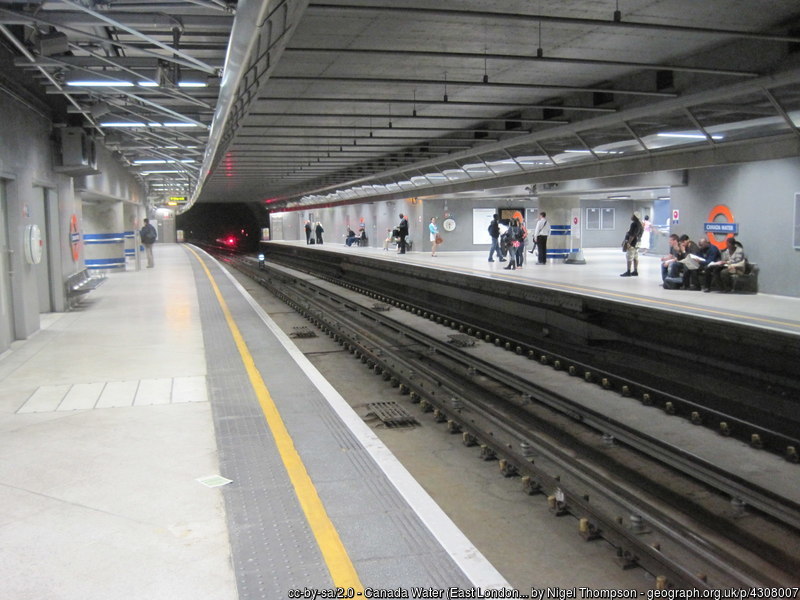
Mayor of London Sadiq Khan has said that there are no plans to extend the Night Overground service on the East London line due to low demand.
At the moment trains run between Highbury and Islington and New Cross Gate overnight on Friday and Saturday nights, serving Rotherhithe, Canada Water and Surrey Quays.
Responding to a question tabled by Florence Eshalomi AM, Mayor of London Sadiq Khan has revealed that each Night Overground train carries an average of 44 passengers.
The Mayor said: “Transport for London (TfL) has considered the value for money that would be offered by extending the current Night Overground service from New Cross Gate to West Croydon and Crystal Palace.
“Unfortunately, loadings on the current Night Overground service between Highbury and Islington and New Cross Gate are relatively low compared to those recorded during the remainder of the day, with an average of 44 customers on each train as it passes between stations.
“Loadings south of New Cross Gate are forecast to be about a quarter of this with (on average) only 10 to 15 customers on each train.
“At this level of demand, the customer benefit and revenue generated by this service change is unlikely to represent adequate value for money, given the additional costs that would be incurred (which include funding changes to Network Rail’s maintenance regime to accommodate these services).
“TfL does not therefore plan to extend the Night Overground network at the current time.”

